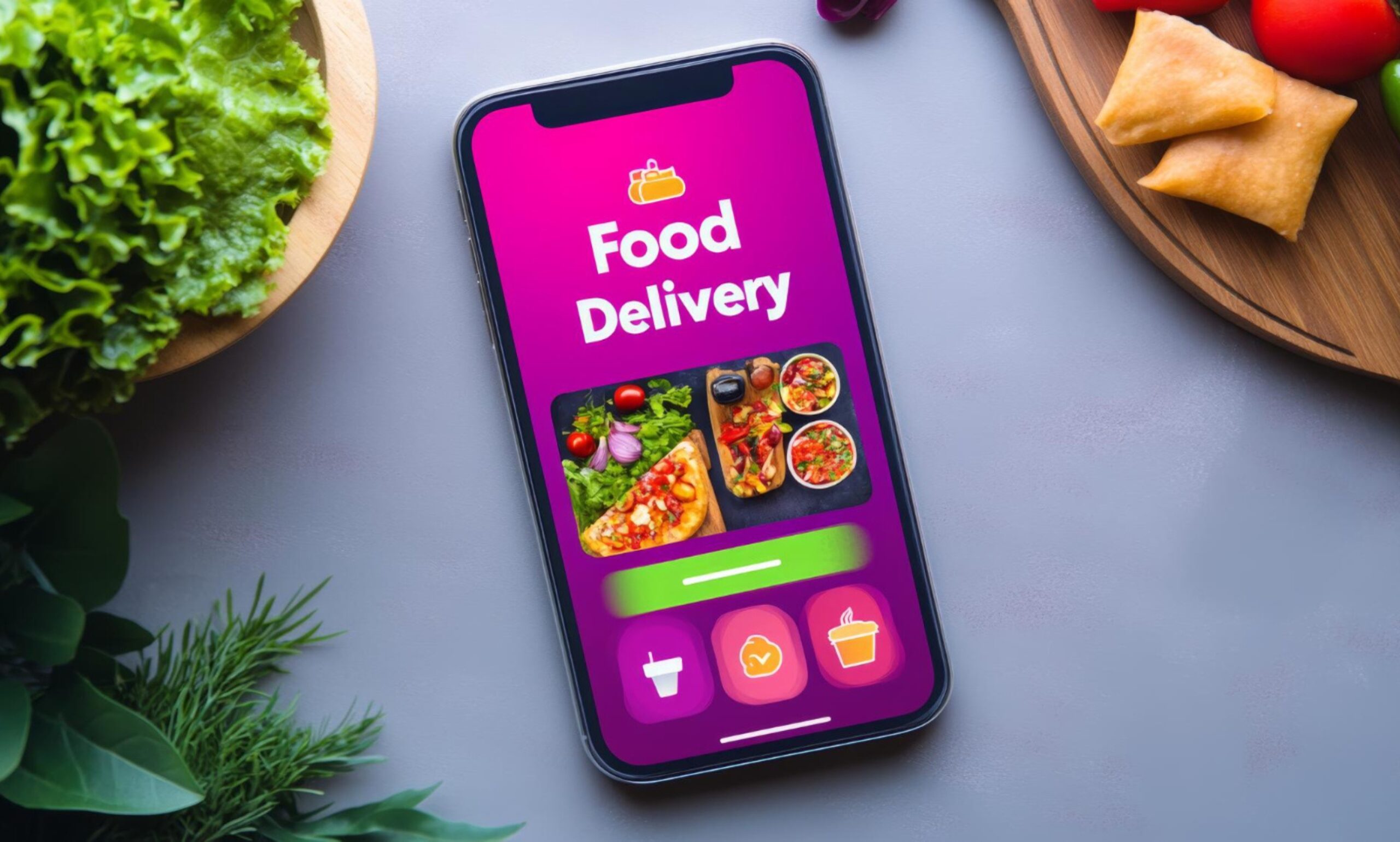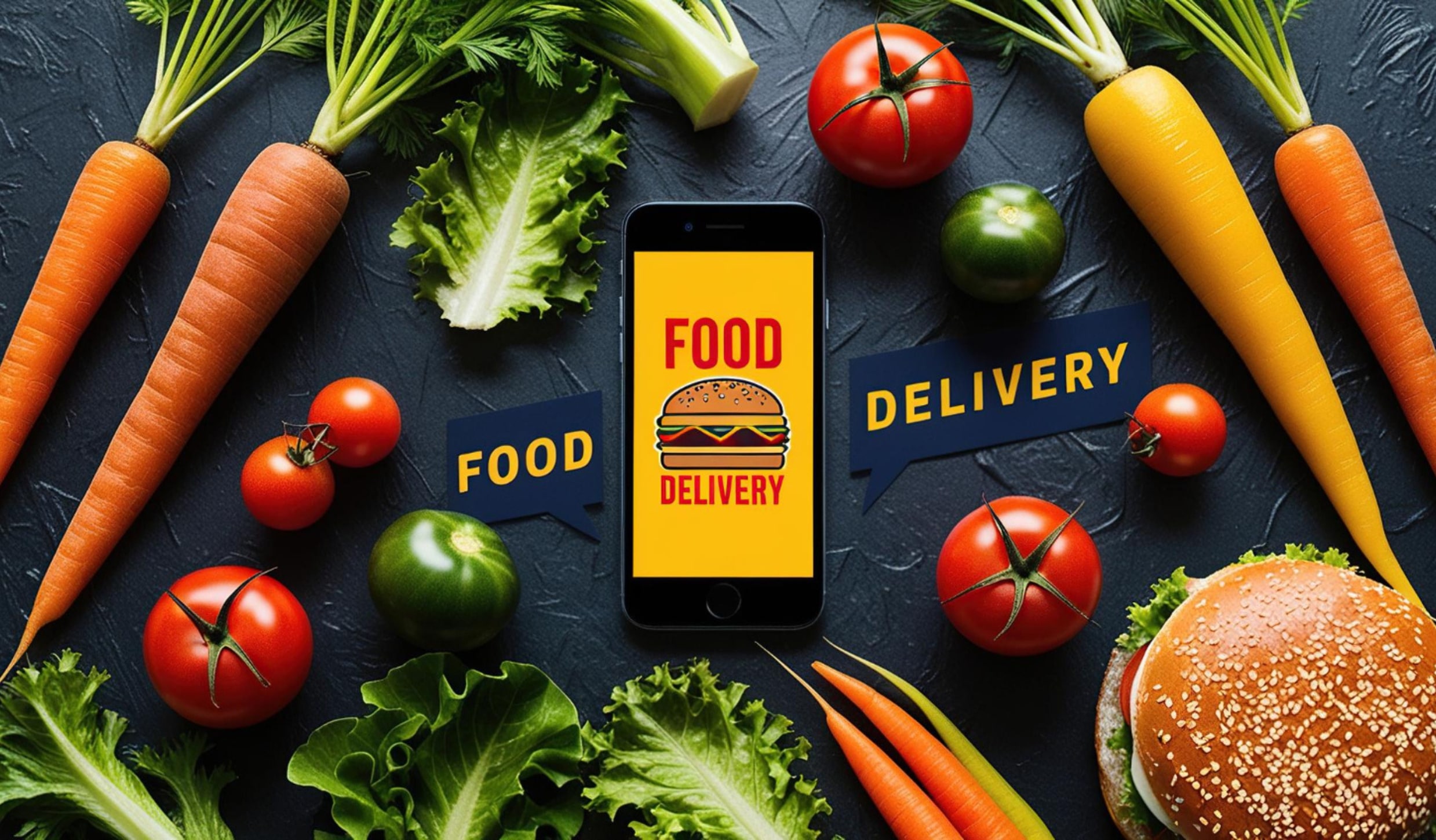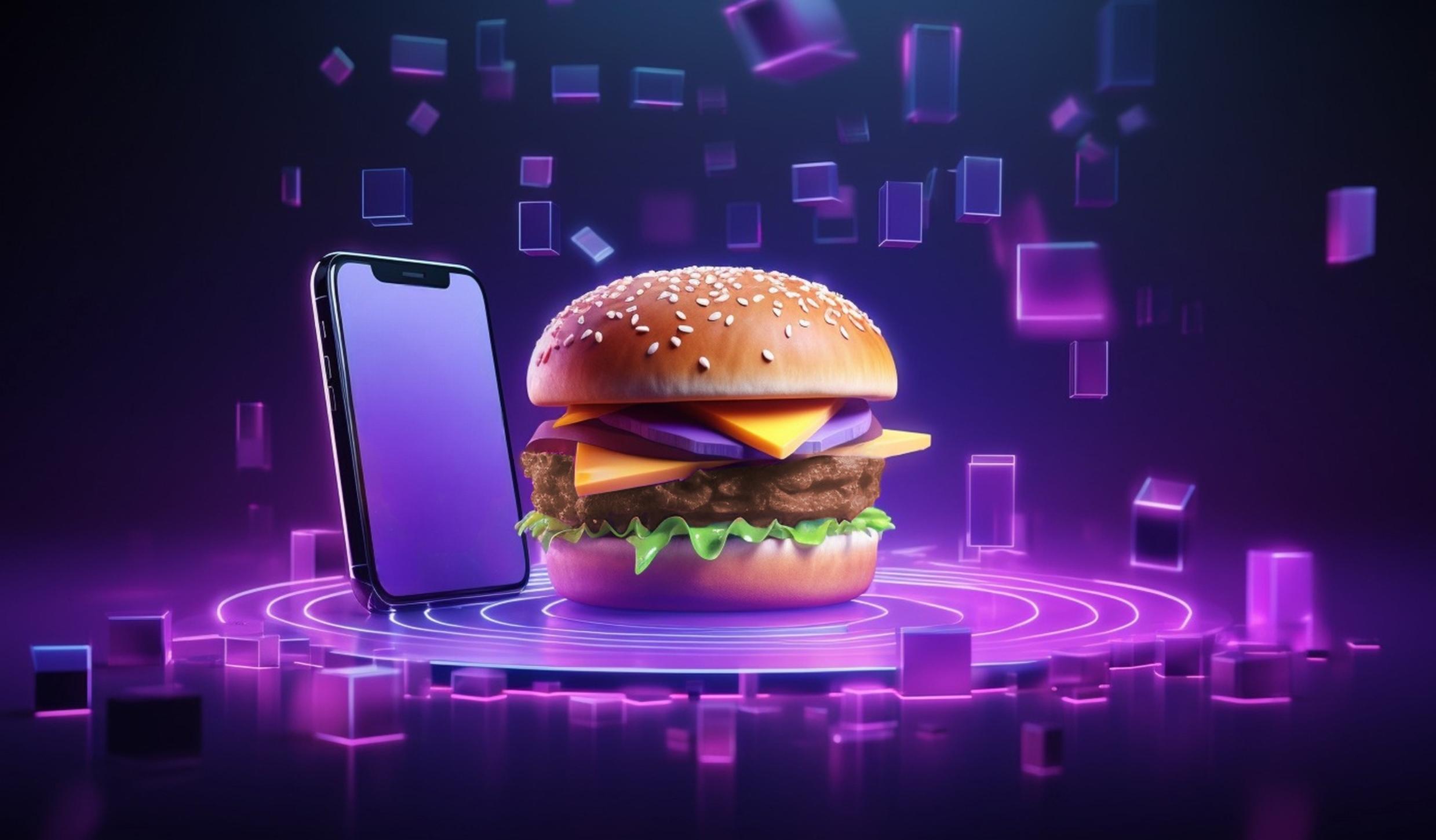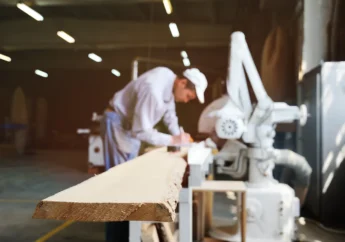How to Build A Food Delivery App
by Mashum Mollah How to Guides Published on: 21 September 2020 Last Updated on: 06 December 2024

The Food Industry has been one of those sectors that have always flourished under any circumstances. The growth of the restaurant business has been nothing but thriving. Over some time, dining in became a time-consuming affair. Then came the concept of take-away.
However, in the late 90s, the Restaurant Industry got a massive game-changer. Pizza Hut launched the first-ever online ordering website in 1994. Since then, there has been no turning back and now online food delivery has become a billion-dollar business.
The below stats show the growth of the online food ordering industry versus dining in.
The Food Industry Growth
The advent of online food delivery platforms has made the lives of commoners so much easier. Maybe it’s the aftermath of at-home dining or just pure impatience; consumers don’t want to cook every meal or pick it up. Whatever the reason, this industry continues to be one of the largest and most competent in recent history.
Per Statista: In the Platform-to-Consumer delivery segment,
The number of users is expected to amount to 965.8m by 2024.
How to Build A Food Delivery App
All these facts and numbers indicate that getting into the food delivery business now will prove to be of great benefit in the coming years. Giants like Zomato, Swiggy, and Uber Eats have already seized the opportunities and are leaving their footprints all over the globe. How can I make an app like Uber for food delivery?
This guide has been curated for that very purpose. It will help you build an effective, unique app that churns high revenue.
Let’s get started!
Building a food delivery app involves a lot of planning, preparation, and outstanding accuracy in execution. Let’s break it down into steps to tackle them one by one.
- Validation of your food delivery app plan
- Choose a food delivery business model
- Aggregate all the requirements
- Finalize the features
- Decide your tech stack and the infrastructure
- Choose the right development partner
- Determine the cost
Types of Food Delivery Applications
Before we get our hands on this topic, let’s see what food delivery apps you can build.
There are two types of delivery apps in the market. Namely,
Third-party Or the Aggregator Model:
Apps built using this model allow consumers to choose from various restaurants. Customers have access to their menus and reviews, based on which they can place their orders. Once chosen and an order is placed with the selected restaurant, the restaurant must deliver the food to their customers within a stipulated time frame.
The only drawback of this model is that it works great for an established restaurant. In contrast, investing in a separate delivery business is not feasible for a startup food joint.
Example: Zomato.
Logistics or the Delivery Service model:
Very similar to the Aggregator model; the only difference is that the application handles the order delivery.
It’s a win-win for an established and a start-up restaurant as it saves the expenses of a separate delivery system and only adds to their profits.
Example: UberEats
Basic Requirements for Food Delivery Application
Now that you know the types of application models you can choose to build, let’s see the primary requirements for an Uber Clonefood delivery app.
All you need are three basic dashboards.
1. The Customer Dashboard:
Your business depends solely on the services you provide your customers. Hence, this dashboard is of utmost importance and significant priority. Ensure this application has the best User Interface, providing a smooth User Experience.
They will use this application to surf the restaurants and reviews and select from the hotel’s menus.
The main features this dashboard should have been,
- Registration
- Profile management
- Easy browsing
- Featuring preferences on the homepage
- Order tracking system
- Smooth payment gateway
- Easy canceling and refund processes
- Reviews and Ratings
- Rewards and Loyalty benefits
- Push notifications
2. The Admin Dashboard:
This dashboard will be used by the food delivery app authorities to maintain the whole operation. Hence, it should be planned and developed with great precision.
This application manages payments, delivery, orders, and other logistics.
Even the slightest bug will cause significant financial and reputational loss to the business owner.
The main features this dashboard should have been,
- Restaurant sign-up page: comprising a description of the restaurant, location, timings, estimated cost, contact information, etc
- Content management page: consisting of menus and photos of their cuisines
- Order tracking system
- Cross-communication interface that allows the restaurant to speak with both the customer and the delivery partner
3. The Delivery Person Dashboard:
This app is solely for the delivery personnel. All the features enabling smooth delivery should be coded into the application.
In brief, this application should notify them of any new orders they can accept or reject.
They should also be able to find out the drop location of the order and the route map to that place.
Primary Features Your Food Delivery Application Has

Apart from the basic features provided, there are some more features that you need to have. Some primary features that you must consider given the current market landscape.
- Sign-up page
- Order management page: to manage orders in real-time and to get details regarding the order such as location, order size, and customer’s contact information
- Option to estimate the delivery time
- Cross-communication interface that allows the delivery partners to speak with both the customer and the restaurant
- Order history Option
Development Cycle

The next important step in building your on-demand food delivery app is to choose the apt Technological Infrastructure.
This is the most crucial decision of your business plan. You can do this in two ways.
- Build it from scratch – on your own or by hiring an efficient tech team
- Integrate ready-made Uber clone software
Both options have their pros and cons. However, the second option is what we recommend for aspiring entrepreneurs, given the time and financial aspects of app development.
Tech stacks
There are few tech stacks in the market readily available. Some are listed below.
1) Payment integration:
- Braintree, Stripe, and E-Wallets for online payments.
- Have an option for COD as well
2) Database storage:
- AWS
- Google Cloud
3) Framework:
- Android
- iOS
4) For tracking:
- Google Location API for Android
- Core Location Framework for iOS
5) Navigation:
- Android Maps API
- Mapkit for iOS devices
6) For listing menu:
- Foursquare
- Grubhub API
7) Login and Registration:
- Social media login such as Facebook, Instagram, etc. or
- Mailing account
8) Analytics:
- Google Analytics
- MixPanel
9) Push notifications:
- Amazon SNS
- Urban Airship
- Firebase Cloud Messaging
How to Calculate Wage
Now that you have all the required elements for your app. The last on your preparation list is to know the cost estimation for your on-demand food delivery app.
It is a simple calculation based on the formula,
App Development Cost = Total Number of Hours * Hourly Rate
However, this entirely depends on all your choices. From choosing what technology to what features you will integrate to which developer you will hire or if you will develop it independently.
The Final Thought
All said and done, investing in the food industry has never resulted in a loss. It is the right time to start your journey, lay your path, and leave your footprints in the food delivery industry.
Let us know if you liked this content and would want to explore more such content on our page. Thank you, and have a great day ahead.
Read Also:



































































































